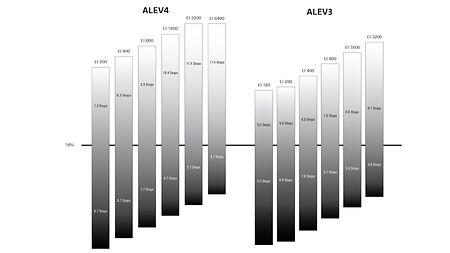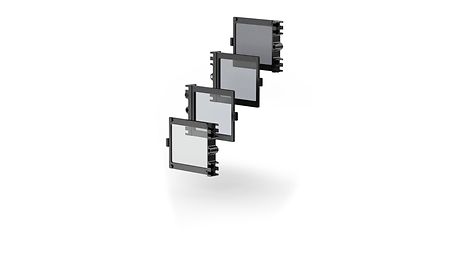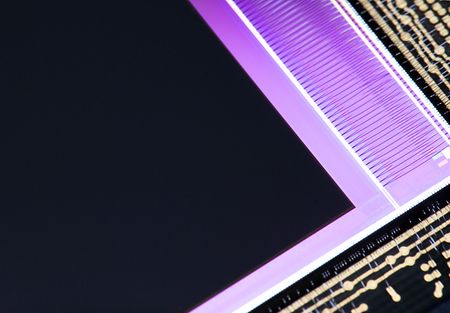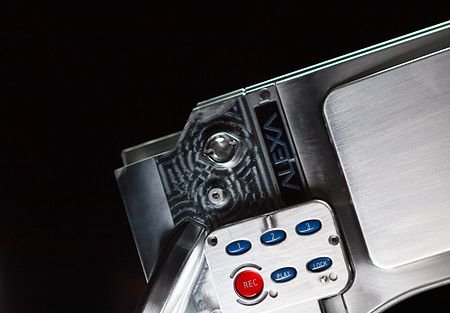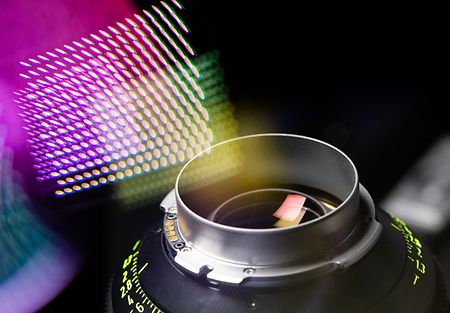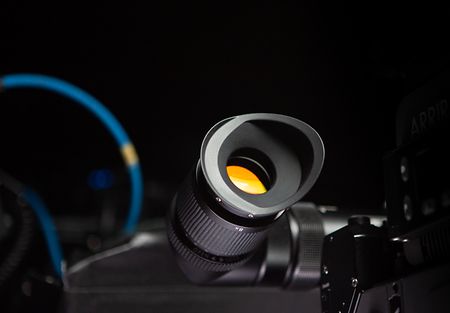ARRI’s digital cameras produce exceptional image quality with the organic look and feel of film, delivering incredible production value at an affordable cost. Images created with any ALEXA or AMIRA camera contain all the ingredients for best overall image quality: high dynamic range, sharp and natural images, high sensitivity, natural color reproduction, excellent color separation, and the absence of artifacts.
To create such images, all components of the imaging chain are custom designed by our engineers and carefully tuned for optimal performance, starting with the optical low pass filter, the sensor, the imaging electronics, and the image processing software.

